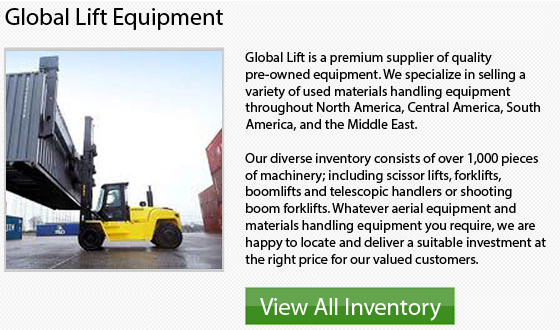
Daewoo Big Forklifts Fort Worth
Daewoo expanded into the construction industry, serving the new village movement, a development program for rural Korea. The company also capitalized on the growing African and Middle Eastern markets. Daewoo received its GTC designation during this time. The South Korean government offered major investment help to the company in the form of subsidized loans. The strict import controls of South Korea angered competing nations, but the government knew that, independently, the chaebols would never endure the global recession caused by the oil crisis in the 1970s. Protectionist policies were required to ensure that the economy continued to grow.
Daewoo's move into shipbuilding was required by the government, even though Kim felt that Hyundai and Samsung had greater skill in heavy engineering and was more suited to shipbuilding than Daewoo. Kim did not want to assume responsibility for the biggest dockyard in the world, at Okpo. He said a lot of times that the government of Korea was stifling his entrepreneurial instinct by forcing him to carry out actions based on duty rather than revenue. In spite of his unwillingness, Kim was able to turn Daewoo Shipbuilding and Heavy Machinery into a successful corporation manufacturing oil rigs and ships which are competitively priced on a tight production timetable. This took place in the 1980s when the economy within South Korea was experiencing a liberalization stage.
The government in this time was lessening its protectionist measures which helped to fuel the rise of small businesses and medium-sized businesses. Daewoo had to rid two of its textile corporations at this time and the shipbuilding business was beginning to attract more foreign competition. The government's goal was to shift to a free market economy by encouraging a more effective allocation of resources. Such a policy was intended to make the chaebols more aggressive in their worldwide dealings. However, the new economic conditions caused some chaebols to fail. The Kukje Group, amongst the competitors of Daewoo, went into liquidation during the year 1985. The shift of government favour to small private companies was meant to spread the wealth that had before been concentrated within Seoul and Pusan, Korea's industrial centers.
- Fantuzzi Container Forklift Fort Worth
Rail / Intermodal Reach Stacker Rail or Intermodal Reach Stackers manufactured by Fantuzzi would make fast work of difficult applications. The distances between the first and second rail will drastically vary depending on the task.... More - Taylor Rough Terrain Forklift Fort Worth
Rough Terrain Lift Truck Training Class VII or rough terrain forklifts are often used in logging and forestry projects and are common on construction sites. They are the popular option for outdoor settings which depend... More - JCB Zoom Boom Fort Worth
Raw Materials The cab, body, boom and frame of a telescoping boom rough terrain forklift are generally manufactured by a lift truck manufacturer. The most common material used for these subassemblies is steel, because of... More - Kalmar LP Forklifts Fort Worth
When running your own business and trying to choose the proper kind of forklift, it is essential to research your investment before making the purchase in order to determine what the right type of machinery... More - Yale LP Forklifts Fort Worth
You'll notice specific types and classes of forklifts available on the market. Once you have become familiar with the numerous models, it is easier to understand you lift truck application needs prior to choosing one.... More








